
A stairway is seen still standing 10 years after Hurricane Katrina destroyed the house on August 28, 2015 in Waveland, Mississippi. (Photo by Joe Raedle/Getty Images)
In marking the 10 years since the devastation of Hurricane Katrina reached the Gulf shores, it is the actions of government authorities since the storm that have been nearly as catastrophic for residents of the Gulf Coast. As highlighted by the ongoing work of the local communities through #GulfSouthRising, the issues documented in Amnesty International’s 2005 report, Un-Natural Disaster: Human rights in the Gulf Coast still profoundly impact Gulf Coast residents’ right to return. SEE THE REST OF THIS POST
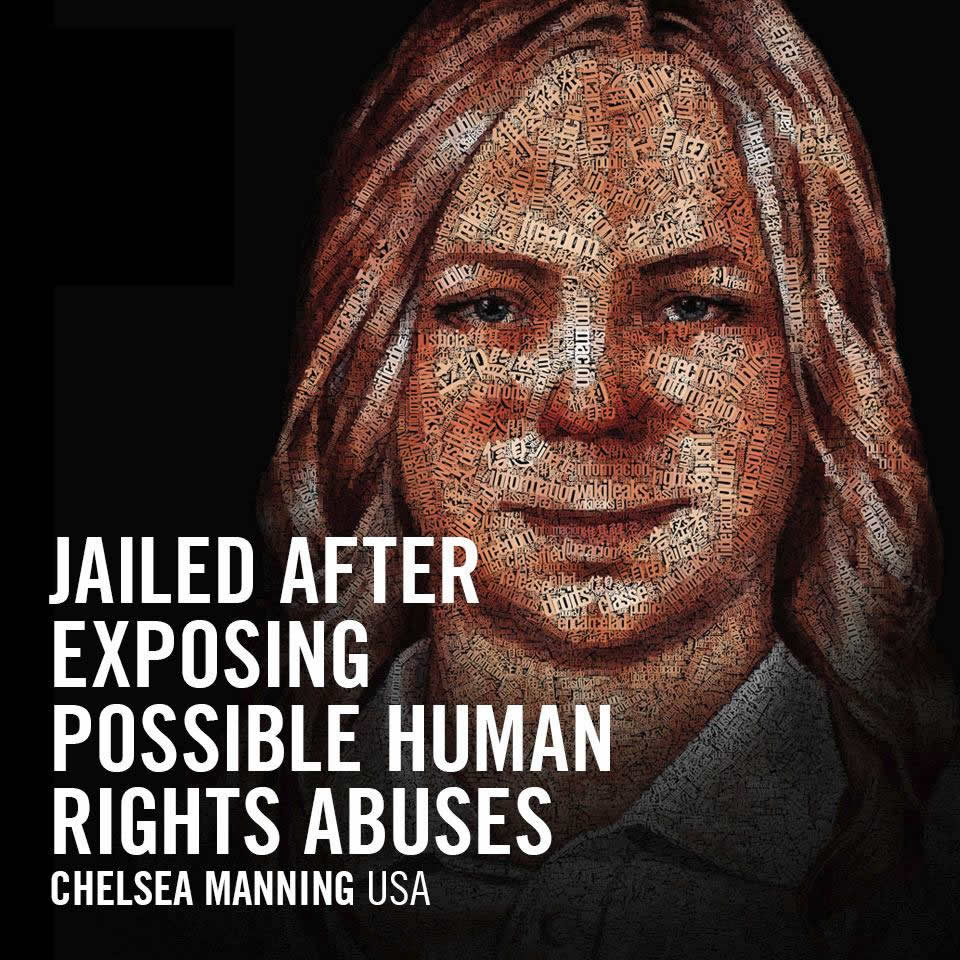

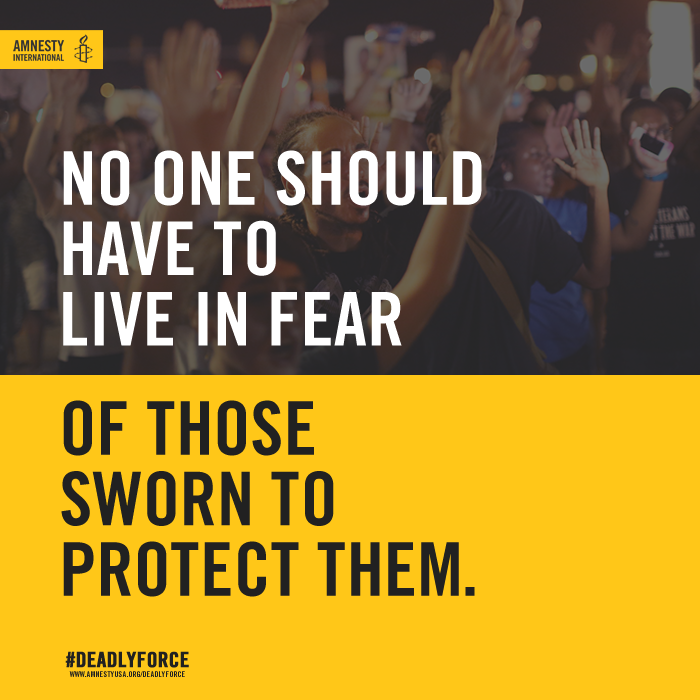
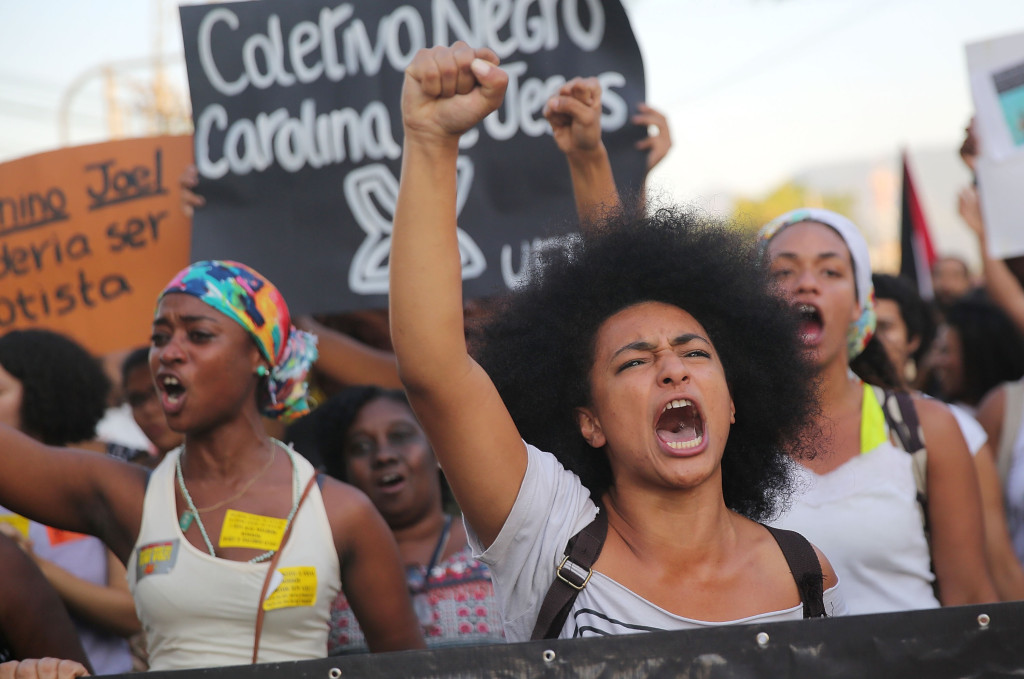
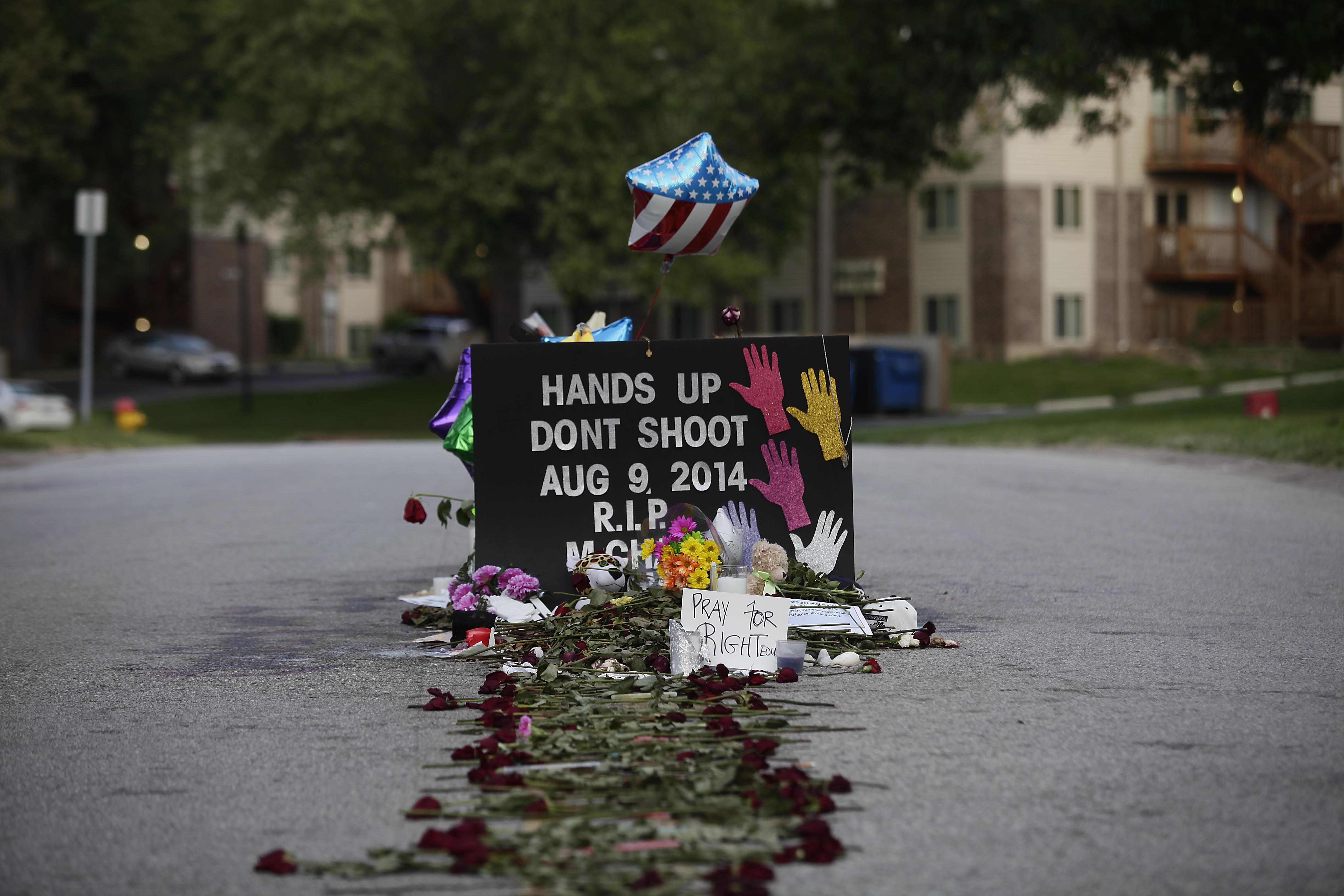

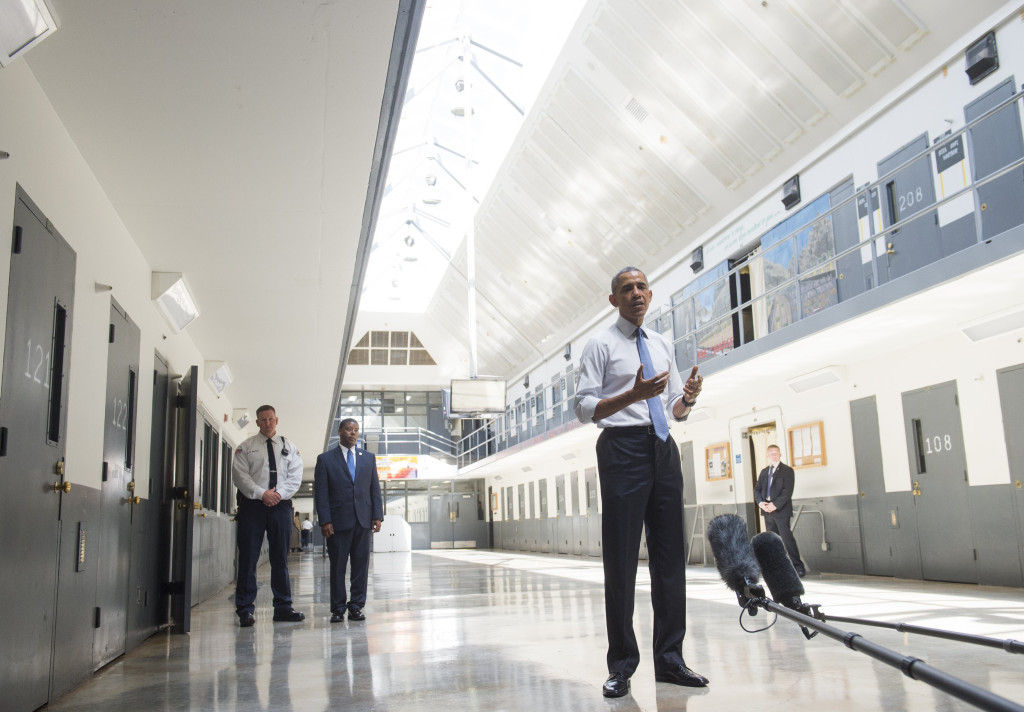
 I see this poster every day in the main hallway of our Amnesty International office: it depicts the Statue of Liberty and reads: “The America I believe in leads the world on human rights.”
I see this poster every day in the main hallway of our Amnesty International office: it depicts the Statue of Liberty and reads: “The America I believe in leads the world on human rights.”